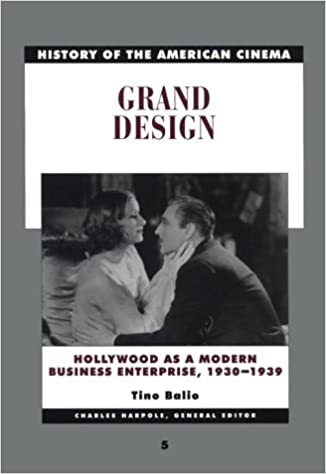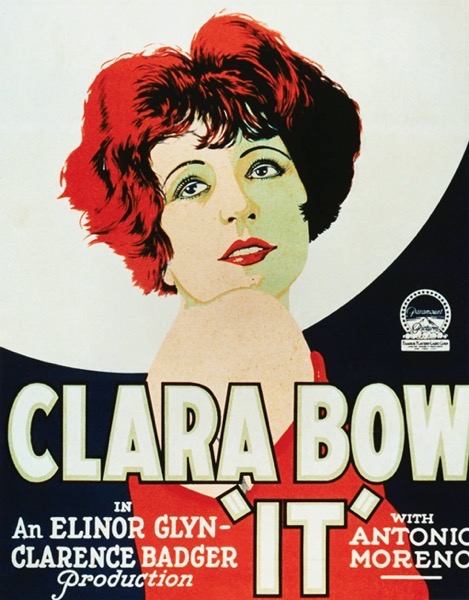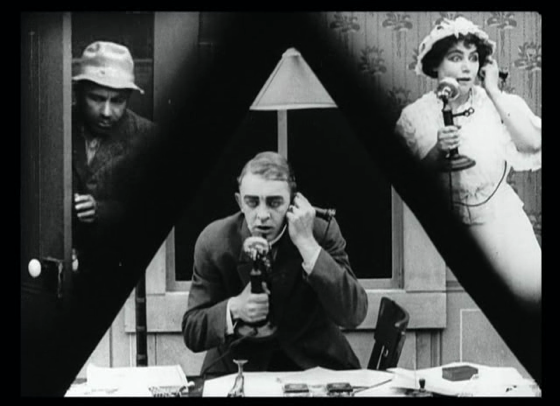

Suspense is a 1913 American silent short film thriller directed by Lois Weber and Phillips Smalley. Weber also wrote the scenario and stars in the film with Valentine Paul. The film features early examples of a split screen shot[1] and a car chase. The Internet Movie Database lists Lon Chaney as having an unconfirmed and uncredited brief role;[2] however, this is disputed by silentera.com, which states “Despite attributions to the contrary, Lon Chaney does not appear in the film.”[3][4][5]
A print of the film is preserved at the film archive of the British Film Institute.[6]
A servant leaves a new mother with only a written letter of notice, placing her key under the doormat as she leaves. Her exit attracts the attention of a tramp to the house. As the husband has previously phoned that he is working late, the wife decides not to ring back when she finds the note but does ring back when she sees the tramp. Her husband listens, horrified, as she documents the break-in and then the tramp cuts the line. The husband steals a car and is immediately pursued by the car’s owner and the police, who nearly but don’t quite manage to jump into the stolen car during a high-speed chase. The husband manages to gain a lead over the police but then accidentally strikes a man smoking in the road and checks to see that he is okay. Meanwhile, the tramp is breaking into the room where the wife has locked herself and her baby, violently thrusting himself through the wood door, carrying a large knife. At that moment the husband arrives, pursued by the police. As the husband runs towards the home, the police fire warning shots into the air, panicking the hobo. He runs down the stairs, to be met by the husband at the front door. After a short struggle, he overpowers the hobo, who is then grabbed by the police. The husband runs upstairs, everything is explained, and all is forgiven as the couple embrace. — Wikipedia
More about Alice Guy Blaché
- Read more about this screenwriter in When Women Wrote Hollywood
- Like When Women Wrote Hollywood on Facebook
- Suspense on IMDB
- Suspense on Wikipedia
- Lois Weber on IMDB
- Lois Weber on Wikipedia
* A portion of each sale from Amazon.com directly supports our blogs
** Many of these books may be available from your local library. Check it out!
† Available from the LA Public Library
Buy “When Women Wrote Hollywood” Today!
Paperback Edition | Kindle Edition | Google Play Edition
Help Support Local Bookstores — Buy at Bookshop.org
* A portion of each sale from Amazon.com directly supports our blogs
** Many of these books may be available from your local library. Check it out!
† Available from the LA Public Library
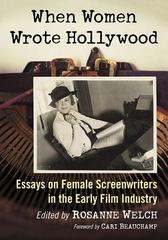
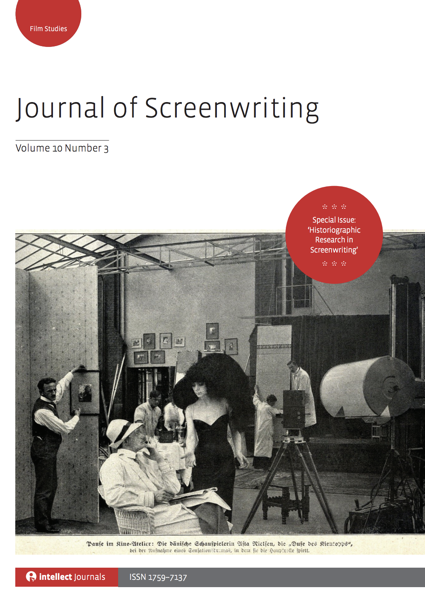
![28 Screenwriting Education Flaws from Why Researching Screenwriters (has Always) Mattered [Video] (56 seconds)](https://rosannewelch.com/wp-content/uploads/2020/09/rmw-sao-paolo-28.png)

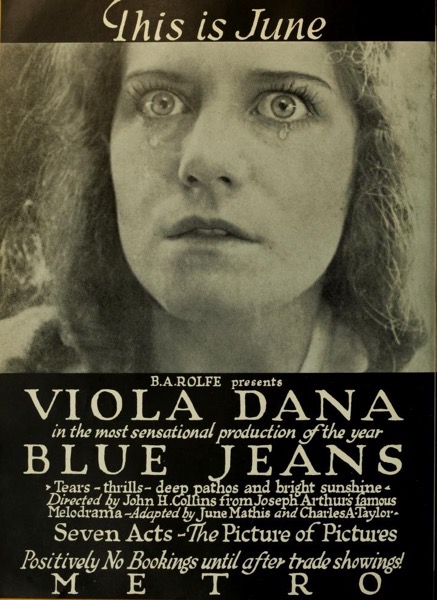
![27 The Writers Guild from Why Researching Screenwriters (has Always) Mattered [Video] (51 seconds)](https://rosannewelch.com/wp-content/uploads/2020/09/rmw-sao-paolo-27.png)
